Publications
Filter by
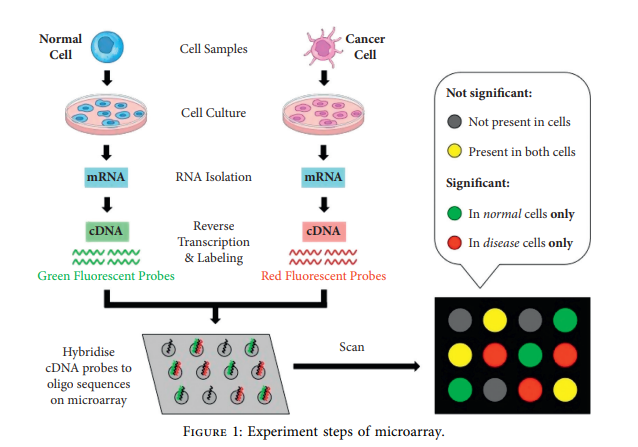
An Efficient Cancer Classification Model Using Microarray and High-Dimensional Data
Cancer can be considered as one of the leading causes of death widely. One of the most effective tools to be able to handle cancer diagnosis, prognosis, and treatment is by using expression profiling technique which is based on microarray gene. For each data point (sample), gene data expression usually receives tens of thousands of genes. As a result, this data is large-scale, high-dimensional
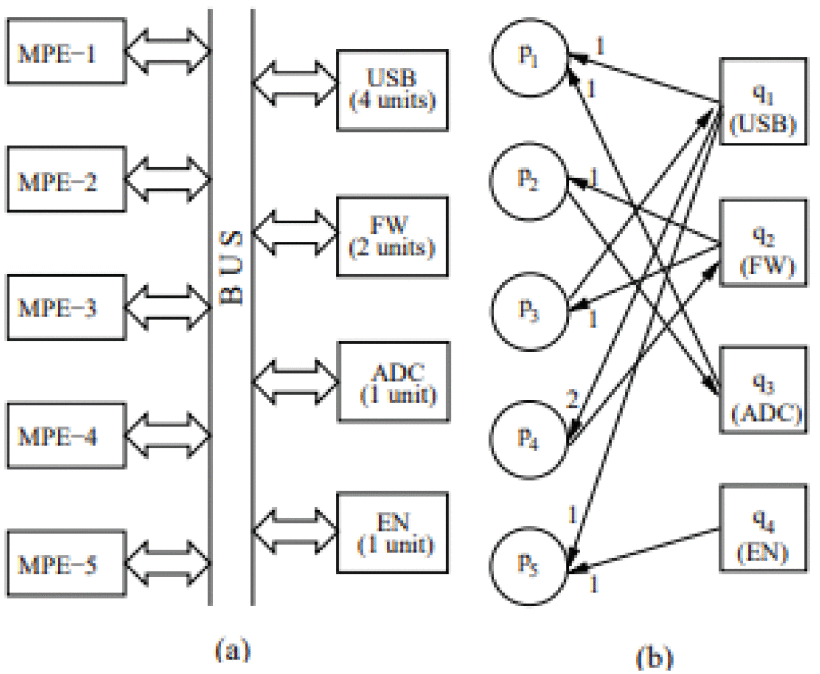
Fault-Recovery and Robust Deadlock Control of Reconfigurable Multi-Unit Resource Allocation Systems Using Siphons
A multi-unit resource allocation system usually contains several processes and a number of resources with multiple units. Due to the competition for shared resources in these systems, deadlocks may occur. Recently, researchers have shown an increased awareness in deadlock control strategies for such a kind of systems without considering the dynamic changes such as processing failures and rework by
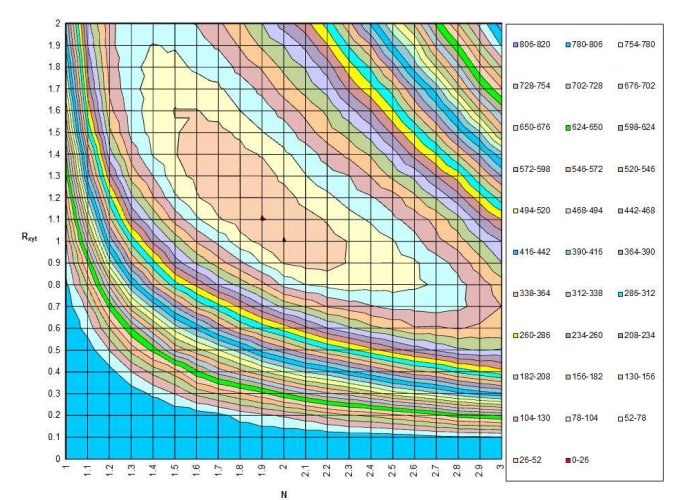
Automated classification technique for edge-on galaxies based on mathematical treatment of brightness data
Classification of edge-on galaxies is important to astronomical studies due to our Milky Way galaxy being an edge-on galaxy. Edge-on galaxies pose a problem to classification due to their less overall brightness levels and smaller numbers of pixels. In the current work, a novel technique for the classification of edge-on galaxies has been developed. This technique is based on the mathematical

Light-Weight Localization and Scale-Independent Multi-gate UNET Segmentation of Left and Right Ventricles in MRI Images
Purpose: Heart segmentation in cardiac magnetic resonance images is heavily used during the assessment of left ventricle global function. Automation of the segmentation is crucial to standardize the analysis. This study aims at developing a CNN-based framework to aid the clinical measurements of the left ventricle and right ventricle in cardiac magnetic resonance images. Methods: We propose a
Real-time 4-way Intersection Smart Traffic Control System
Since traffic congestion is becoming a regular part of commuters' life, there is a pressing need for better traffic management. Most current traffic control systems are not sensitive to the current state of the roads being controlled, instead they are fixed, timed traffic signals that do not respond to unpredicted congestion. Solutions have been proposed to solve this problem including creating a
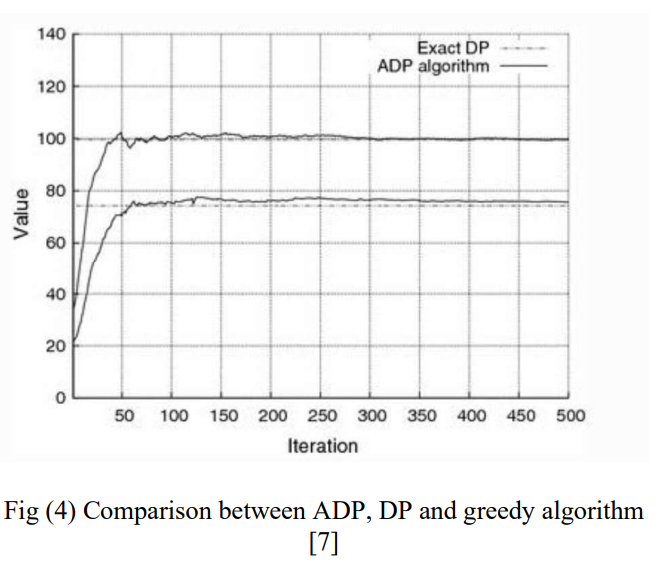
Dynamic Programming Applications: A Suvrvey
Dynamic programming is a mathematical optimization first invented in 1950s and lived till our times to make optimizations and reduce complexity in several different fields like bioinformatics, Electric vehicles, energy consumption, medical field and much more as a proof of being a powerful technique. In this paper, the various fields and aspects in which Dynamic programming has a significant
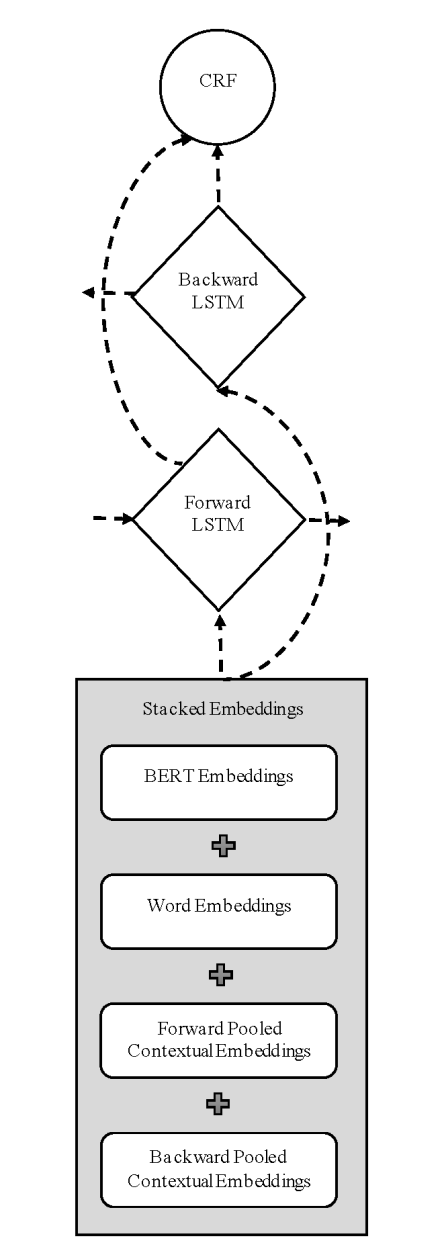
A Multi-Embeddings Approach Coupled with Deep Learning for Arabic Named Entity Recognition
Named Entity Recognition (NER) is an important task in many natural language processing applications. There are several studies that have focused on NER for the English language. However, there are some limitations when applying the current methodologies directly on the Arabic language text. Recent studies have shown the effectiveness of pooled contextual embedding representations and significant
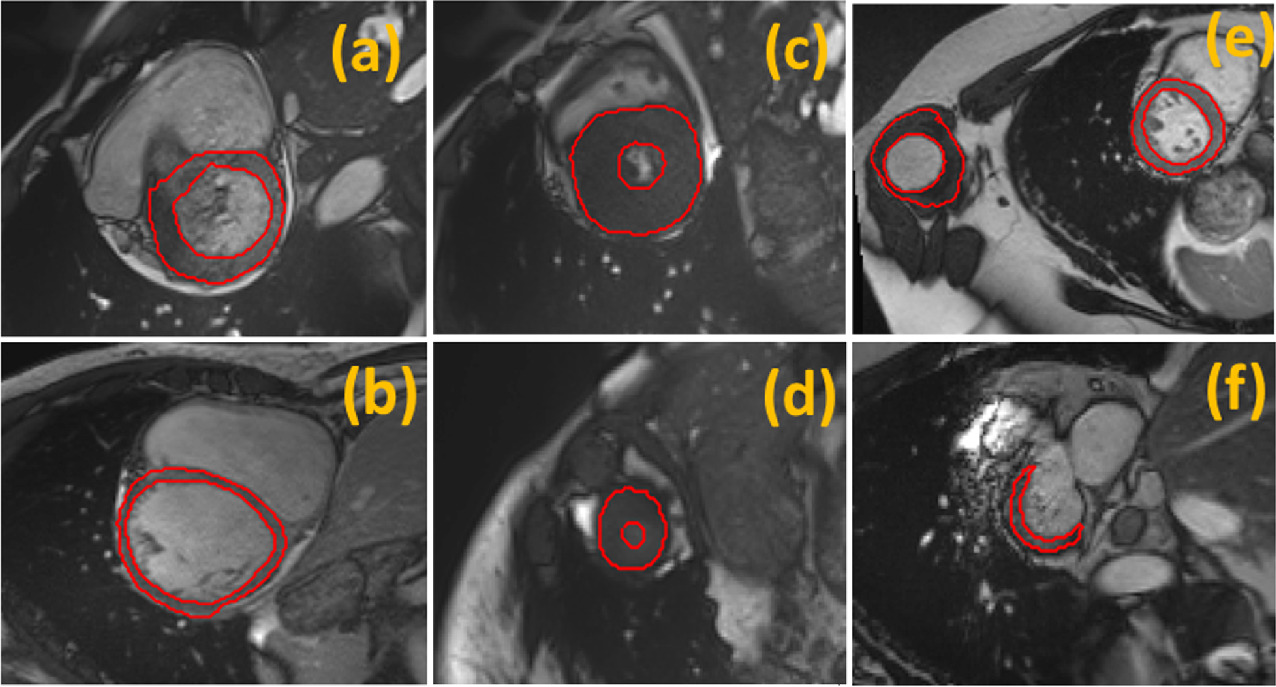
Left ventricle segmentation using scale-independent multi-gate unet in mri images
Left ventricle (LV) segmentation is crucial to assess left ventricle global function. U-Net; a Convolutional Neural Network (CNN); boosted the performance of many biomedical image segmentation tasks. In LV segmentation, U-Net suffered from accurately extracting small objects such as the apical short-axis slices. In this paper, we propose a fully automated left ventricle segmentation method for
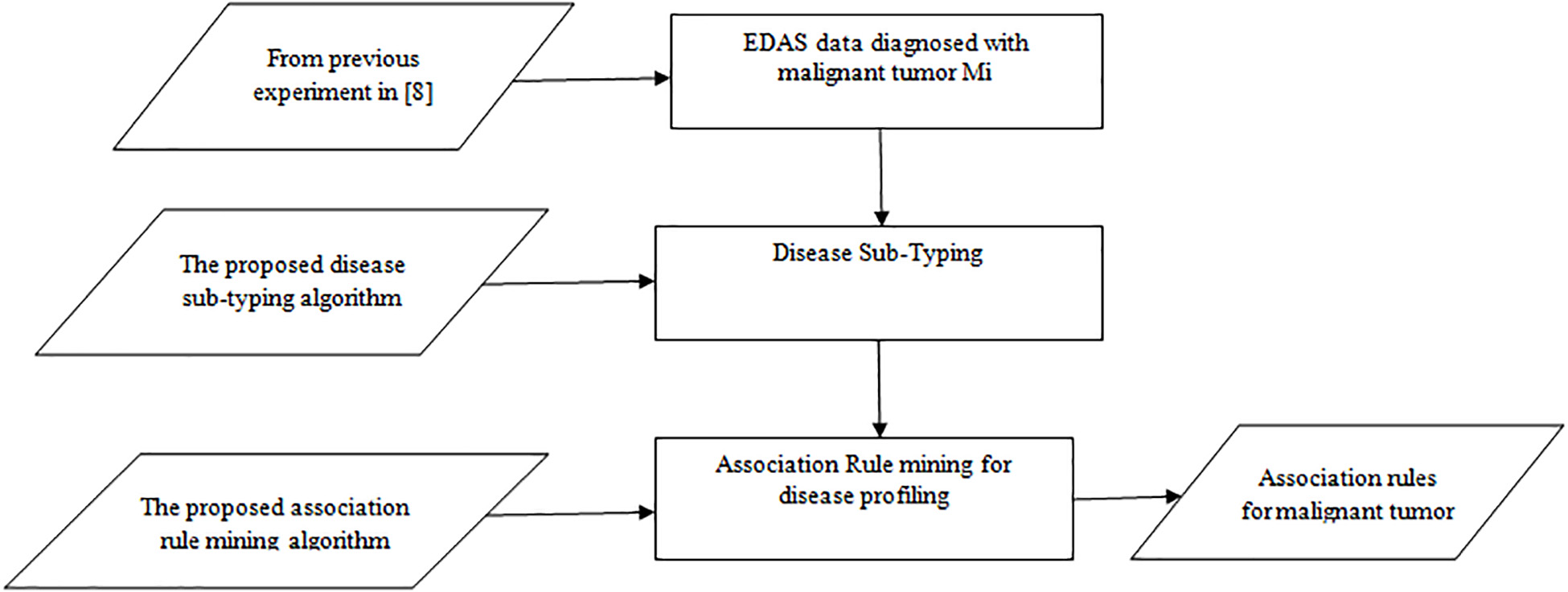
A Theoretical Approach for Correlating Proteins to Malignant Diseases
Malignant Tumors are developed over several years due to unknown biological factors. These biological factors induce changes in the body and consequently, they lead to Malignant Tumors. Some habits and behaviors initiate these biological factors. In effect, the immune system cannot recognize a Malignant Tumor as foreign tissue. In order to discover a fascinating pattern of these habits, behaviors
Convolutional Neural Network with Attention Modules for Pneumonia Detection
In 2017, pneumonia was the primary diagnosis for 1.3 million visits to the Emergency Department (ED) in the United States. The mortality rate was estimated to be 5%-10% of hospitalized patients, whereas it rises to 30% for severe cases admitted to the Intensive Care Unit (ICU). Among all cases admitted to ED, 30% were misdiagnosed, and they did not suffer from pneumonia, which raises a flag for

